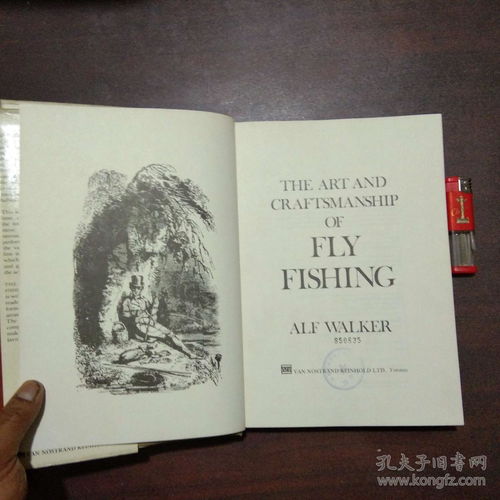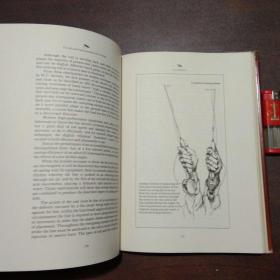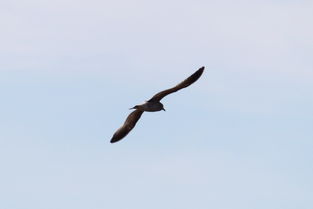Content:
Introduction: Fly fishing, an ancient and revered form of angling, requires a blend of skill, patience, and precision. One of the most crucial aspects of fly fishing is mastering the art of adjusting your bait bobber, also known as the fly fishing indicator. This article delves into the world of fly fishing and offers essential tips for adjusting your bait bobber to enhance your chances of success on the water.
Understanding the Bait Bobber: Before diving into the tips, it's important to understand the role of the bait bobber in fly fishing. The bait bobber is a floating device that is attached to the line above the fly. It serves several purposes, including:
- Keeping the fly at a consistent depth.
- Alerting the angler to the fish's bite.
- Allowing the angler to control the speed and direction of the fly.
The following are some essential tips for adjusting your bait bobber to optimize your fly fishing experience.
Choose the Right Bait Bobber: The first step in adjusting your bait bobber is selecting the right one for your fishing conditions. Consider the following factors:
- Size: The size of the bait bobber should match the size of the fly and the depth of the water you are fishing.
- Buoyancy: A well-balanced bait bobber will float more consistently and provide more accurate readings.
- Visibility: A brightly colored bait bobber is easier to see in the water, especially in murky conditions.
Attach the Bait Bobber Properly: Properly attaching the bait bobber to your line is crucial for its performance. Follow these steps:
- Thread the line through the bait bobber's eyelet.
- Secure the line with a knot, such as an improved clinch knot or a blood knot.
- Make sure the knot is tight and secure, but not too tight to restrict the bobber's movement.
Adjust the Bait Bobber's Height: The height of the bait bobber above the fly is essential for achieving the desired depth. Here's how to adjust it:
- Start with the bait bobber positioned close to the fly, allowing the fly to sink naturally.
- Gradually increase the distance between the bait bobber and the fly until you reach the desired depth.
- Test the depth by casting and observing the bait bobber's movement in the water.
Experiment with Different Depths: Fish may be found at various depths, so it's important to experiment with different bait bobber heights. Here are some tips:

- If you're targeting surface fish, position the bait bobber close to the surface.
- For mid-depth fish, adjust the bait bobber to allow the fly to hover just above the fish's location.
- For deeper fish, increase the distance between the bait bobber and the fly until the fly reaches the desired depth.
Use a Weighted Leader: In some cases, adding a weighted leader to your setup can help you achieve the desired depth more efficiently. Here's how to do it:
- Attach a weighted leader to your main line using a loop-to-loop connection.
- Adjust the length of the weighted leader based on the depth you want to reach.
- Ensure the weight is evenly distributed along the leader to prevent tangles and maintain a natural presentation.
Watch for Subtle Movements: A skilled fly fisherman can detect even the slightest movements of the bait bobber, which may indicate a fish's interest. Here are some signs to look out for:
- Jerking or sudden movements of the bait bobber.
- Small, quick taps on the surface of the water.
- The bait bobber suddenly disappearing under the surface.
Be Patient and Observant: Fly fishing is a patient sport, and successful fishing often requires observing the subtle nuances of the bait bobber. Here are some tips for maintaining a patient and observant approach:
- Take your time to cast and retrieve the fly with precision.
- Pay attention to the water's surface and the bait bobber's movement.
- Be prepared to make adjustments to your bait bobber's position and the speed of your retrieve.
Conclusion: Adjusting your bait bobber is a critical skill in fly fishing that can significantly impact your success on the water. By following these essential tips, you'll be well on your way to mastering the art of fly fishing and enjoying a more rewarding angling experience. Remember, practice and patience are key to becoming a proficient fly fisherman. Happy fishing!












